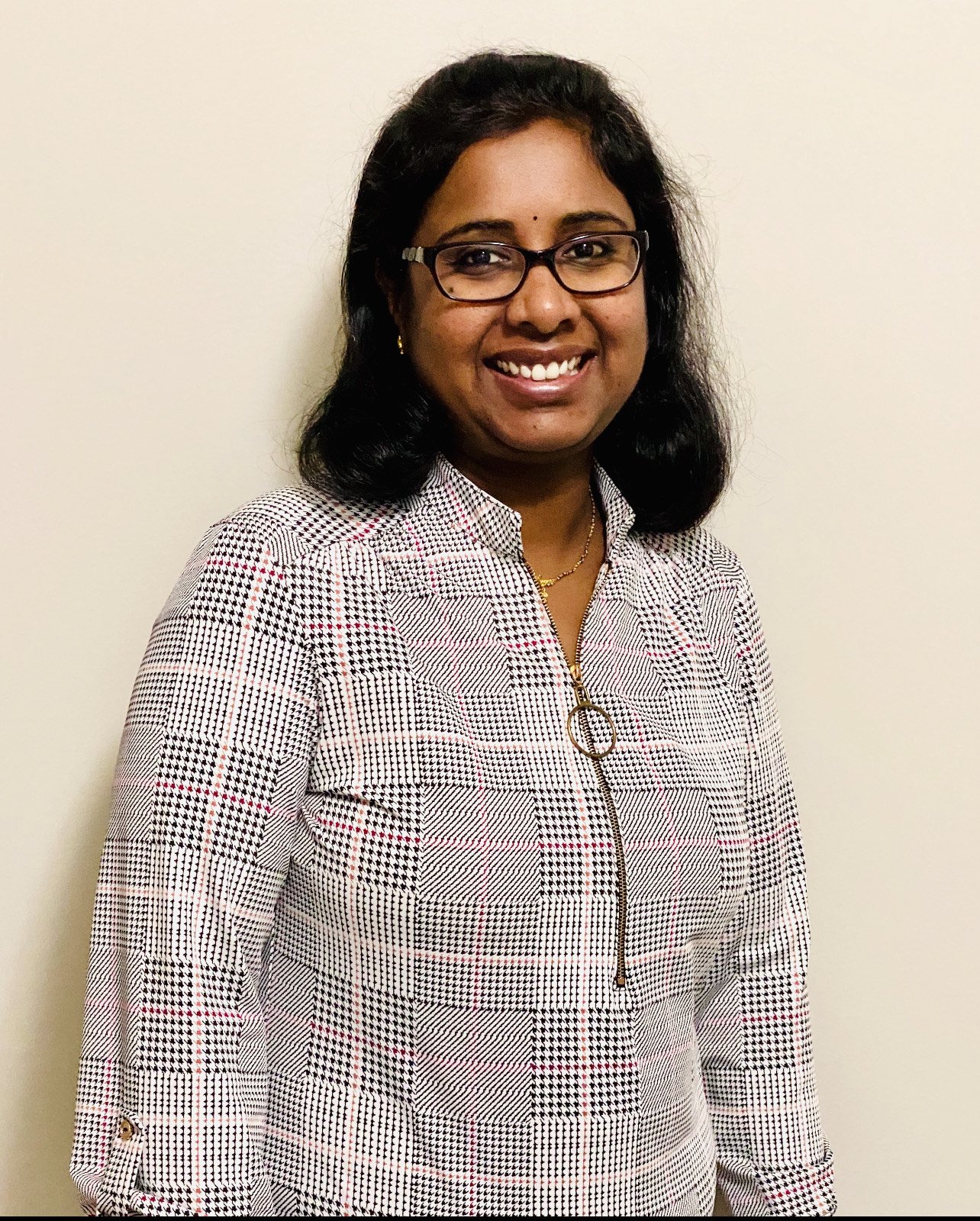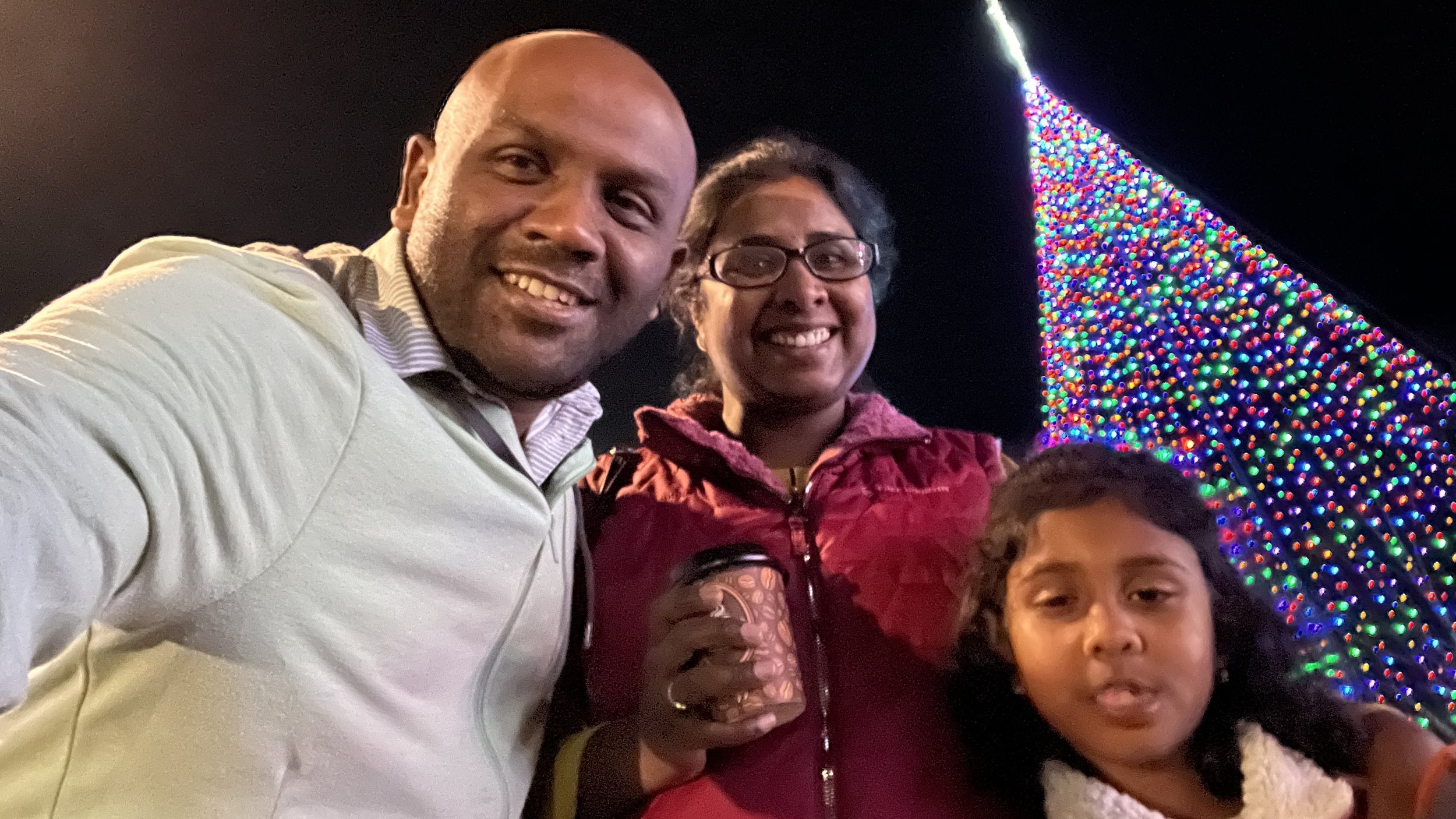Nuclear Family, Nuclear Fusion: Mom’s Got it Covered
Meet Sumalatha Yaski
Role: US ITER Structural Engineer and Mom
Company: UT Battelle
Industry: Energy/Nuclear
Education: MS in Mechanical Engineering, Clemson University
After Sumalatha, “Suma,” earned her Bachelor’s degree in Mechanical Engineering in India, she came to the US in 2006 to go for her master’s at Clemson University. After completing an intensive graduate program, she went on to launch a robust career as a woman in STEM, working as a research assistant on several high-profile projects (including one for Michelin) and as a mechanical engineer on the nuclear start-up MOX Project (since shuttered) at the Savannah River Site in Aiken, S.C.
Now, she is on the ITER Project, an unprecedented international collaboration of scientists and engineers working to design, construct, and assemble a burning plasma experiment that can demonstrate the scientific and technological feasibility of fusion. As the Russian invasion of Ukraine has the entire world holding its breath in nervous anticipation of nuclear warfare, it’s hard to imagine anything good coming of nuclear power. But the ITER was set in motion at the Geneva Superpower Summit in November 1985, when the idea of a collaborative international project to develop fusion energy for peaceful purposes was proposed by General Secretary Gorbachev of the former Soviet Union to US President Ronald Reagan. One year later, an agreement was reached: the European Union (Euratom), Japan, the Soviet Union and the USA would jointly pursue the design for a large international fusion facility, ITER.
This collaboration continues today. And Suma is quite the commodity on the project, as few mechanical engineers also have experience with finite element analysis (FEA). MOXY caught up with Suma to talk motherhood, nuclear fusion and clean energy.
How is family life as a mechanical engineer who has worked on various nuclear energy projects?
I live with my husband Santhosh and our beautiful 5-year-old daughter Srinika. I work very hard to maintain a balance between career and family. Earlier in my career, I never had the flexibility of working from home. I still remember when I used to drop off our daughter at day care at 6:30 a.m. every day. My husband always worked out of town and visited on the weekends, so I was a single mom during the week, which made it more difficult.
COVID hit different people in different ways, but for us it was a blessing in disguise. We had the luxury of working from home, and finally our family was under one roof after seven long years. But working from home is hard, too. We kept our daughter home for one full year, and that was most difficult time of all for me —keeping her engaged and attending my meetings. I used to work late nights to keep up. My work is always demanding and time consuming. Each night, I worked at least two to three hours to keep up with my schedule.
Tell us about the ITER Project.
A tokamak is an experimental device that creates a nuclear fusion reaction. The ITER Tokamak will be the largest ever built. Its huge plasma volume will enable it to produce, for the first time, a "burning plasma" in which the majority of the heating needed to sustain the fusion reaction is produced by the alpha particles generated during the fusion process itself. The production and control of such a self-heated plasma has been the goal of magnetic fusion research for more than 50 years.
The US is a partner nation in ITER. Other partners are the People’s Republic of China, the European Union, India, Japan, the Republic of Korea, and the Russian Federation.
US ITER is a DOE Office of Science project managed by Oak Ridge National Laboratory in Tennessee. Partner labs are Princeton Plasma Physics Laboratory and Savannah River National Laboratory. Involvement in ITER provides significant benefits for the US for a limited investment (~9% of construction costs).
The US has access to all ITER technology and scientific data, the right to propose/conduct experiments, and the opportunity for US universities, laboratories and industries to design and construct parts. The US contributes procurement of hardware, assignment of personnel, and cash contributions for the US share of common expenses such as personnel infrastructure, assembly and installation.
My position here is to provide structural analytical support resources for the US ITER project office through the duration of the Final Design of the Electron Cyclotron Heating (ECH) system and Final Design of the Vacuum Systems (VAS). My tasks consist of performing, developing and altering existing finite element analysis (FEA) structural models, as well as performing FEA and centerline models/analyses and other calculations to evaluate and verify design concepts related to non-conformances.
I also serve as a subject matter expert in design reviews, perform trade-off studies of competing designs, verify US ITER designs to ITER criteria, and advise on application of design codes and standards.
Is the project’s goal to make green energy sustainable and a reality on a large scale? Is this possible?
Yes. ITER, as the world’s biggest fusion machine project, could become a powerful contributor to reaching the clean energy needs of the future. Energy, as we know and use it, is either provided from fossil fuels, nuclear power or renewable energy sources. As we raise our ambition to fight climate change, in the EU and the rest of the world, focus must shift toward cleaner energy options — and the green energy transition is high on the political agenda. But investing in renewable energy sources alone might not be enough to guarantee a stable, safe and affordable energy supply.
Please check this link with the most recent success in nuclear fusion.
cnn.com/2022/02/09/uk/nuclear-fusion-climate-energy-scn-intl/index.html
Do you work with many women? Or are you one of a few women? What is this like?
It is not always easy to work on a team of 90% men and 10% women. But I am ultimately focused on my work. I should also point out that, throughout my career, I have been very fortunate to be surrounded by men who appreciated my work and respected me. I chose mechanical engineering out of passion. I am very satisfied with my decision and I would like to contribute to the industry as much as I can.



